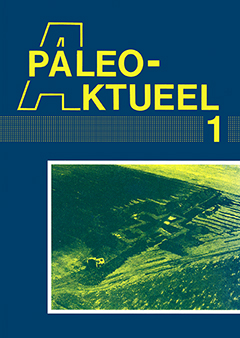OP ZOEK NAAR DE WILDE STAMVORMEN VAN DOMESTICATEN
Samenvatting
The ancestors of many domesticates are either absent, unknown or difficult to find or to verify. This can be explained to some degree by excessive hunting or competition for resources, as far as animals are concerned. Additionally, original forms are superseded through repeated hybridizalian with domesticates, as for example with mallards in the Netherlands and wild asses in Africa. Investigations made in western Europe on the origin and development of the plum demonstrate the complex nature of this particular fruit tree. The beginnings of this tree would seem to lie where its possible ancestors occur, whether from hybridal or monospecific origins. At the same time it is reported that modem domesticates interbreed with the wild or feral cherry-plum. lt is not known whether or not this information is vital to theories of interbreeding. At any rate plum stones retrieved from deposits dating back even to Roman times are very diverse in shape and size. To provide more information on this matter, further studies are being made with modem, living materials collected from Europe and the Near East.

